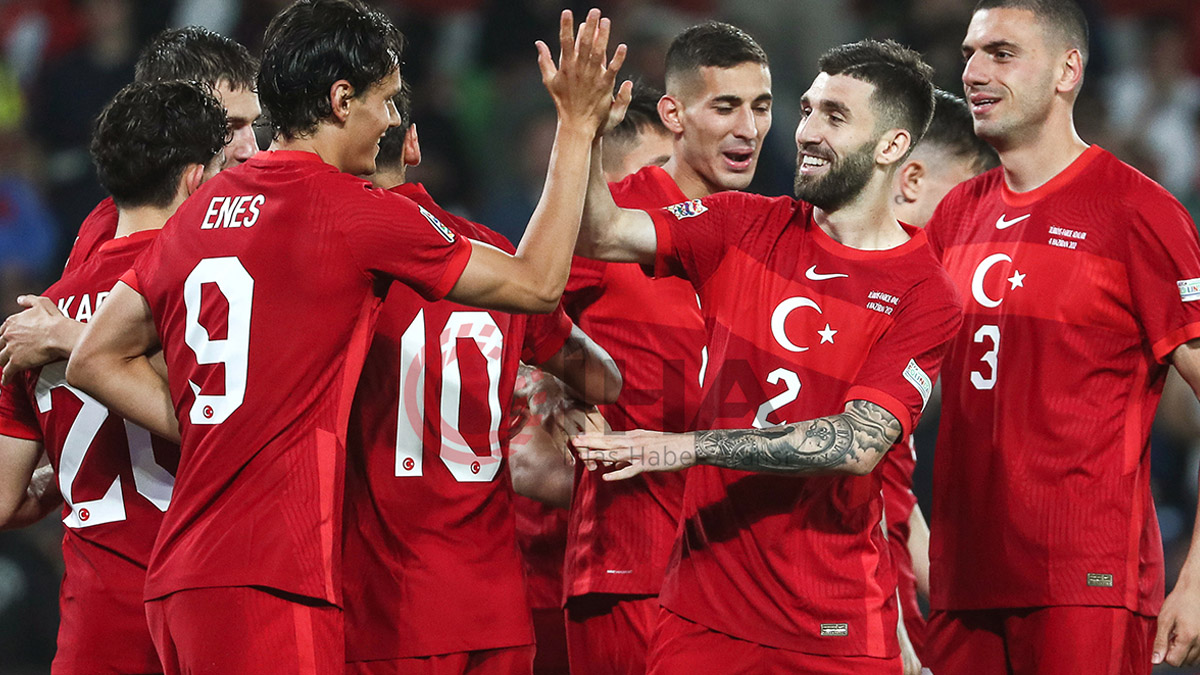
In the high-stakes world of European football transfers, a remarkable narrative has emerged from Türkiye, challenging conventional economic wisdom. While many major leagues grapple with financial fair play and judicious spending, Turkish Super Lig powerhouses, particularly Galatasaray and Fenerbahçe, have embarked on a summer transfer window of staggering ambition. They are not merely competing for talent; they are, in some instances, outspending established giants like Bayern Munich and Juventus. This phenomenon, seemingly counter-intuitive given Türkiye`s broader economic landscape, is a fascinating case study in unique financial alchemy.
The Lira`s Paradox: Economic Headwinds as Financial Tailwinds
At first glance, Türkiye`s economic conditions might appear an unlikely catalyst for a footballing spending spree. Persistent high inflation, which peaked significantly in recent years, presents considerable challenges for ordinary citizens. Yet, for top-tier football clubs, this economic dynamic has created an unusual advantage. How so? Consider the dual currency reality:
- Domestic Costs Devalued: A significant portion of a club`s operational costs, including salaries for domestic players and various administrative expenses, are denominated in Turkish Lira. As the Lira weakens against foreign currencies, the real-term value of these expenditures, particularly fixed salaries agreed upon at the start of a season, effectively diminishes. A Lira-based salary that equated to $200,000 at the season`s outset might effectively become $100,000 by its conclusion, easing the financial burden on clubs.
- Debt Erosion: Turkish football clubs, historically, have carried substantial domestic debt. The depreciation of the Lira has inadvertently acted as a powerful, albeit unconventional, mechanism for debt reduction. Loans denominated in the national currency become less onerous when their value is compared to revenues earned in more stable foreign currencies, such as Euros from UEFA competitions. Reports indicate a significant decrease in Turkish club debt in recent years, partly attributable to this very factor.
International players, it must be noted, are typically paid in more stable currencies like Euros or US Dollars, ensuring their remuneration is not eroded by local inflation. This selective financial benefit creates an intriguing, almost paradoxical, scenario where broader economic challenges for the nation can translate into a unique fiscal advantage for its premier football institutions.
The Real Estate Gambit: A Foundational Shift in Funding
Beyond the complexities of inflation, a far more tangible and immediate source of capital has fueled this transfer boom: strategic real estate divestments. Galatasaray provided a blueprint for this model with the sale of its long-standing Metin Oktay training complex in Florya. This prime piece of land, situated in an affluent and highly desirable Istanbul suburb, reportedly fetched over half a billion dollars, with a substantial cash advance securing immediate liquidity.
This capital injection proved transformative. It enabled Galatasaray to accelerate the repayment of its restructured debts to a consortium of banks, effectively liberating the club from significant financial obligations ahead of schedule. With this newfound financial freedom, the pathway was cleared for ambitious investments in the playing squad.
Not to be outdone, rivals Fenerbahçe have demonstrated a similar strategy, announcing plans to sell a large plot of land in the Atasehir district, projected to generate over $100 million. Their public statements framed this move not merely as a financial transaction but as a “manifesto of independence,” signaling a desire to control their own destiny away from historical debt constraints. This trend underscores a crucial shift: some Turkish clubs are leveraging valuable urban real estate holdings into immediate, substantial transfer market power.
The Allure of the Bosphorus: Strategic Recruitment and Fanaticism
With newfound financial muscle, Turkish clubs are also capitalizing on strategic timing and inherent attractions. Consider the acquisition of a marquee player like Victor Osimhen. When the window for top European leagues closed, leaving him seeking a move, Türkiye presented a compelling proposition. Offering not only the competitive platform of UEFA competitions to keep him on the radar of elite clubs but also an extraordinarily attractive compensation package.
Turkish tax arrangements for international footballers are notably favorable, with a flat 20% income tax rate ensuring players retain a significant portion of their substantial earnings. This, combined with large wages paid in stable currencies, makes the Super Lig a highly appealing destination. For players like Osimhen and Leroy Sane, the net salary figures offered by Turkish clubs are competitive with, and in some cases surpass, what many top Premier League or Serie A clubs could offer.
Beyond the financial incentives, the passionate, almost fervent, support of Turkish fanbases remains a powerful draw. Matchday experiences in Istanbul are renowned for their intensity, and fans demonstrate a willingness to invest heavily in their clubs` success. Despite high ticket prices relative to average income, the promise of Champions League football and star players ensures rapid season ticket sell-outs, further bolstering club revenues.
The “Win Now” Mandate: A Double-Edged Sword
Underpinning much of this aggressive spending is the unique governance structure of Turkish football clubs. Many are member-owned, with presidents serving at the pleasure of their constituencies. This often fosters a “win now” mentality, where immediate on-pitch success is paramount, frequently eclipsing long-term financial prudence or strategic development. When leadership changes, as it often does, the financial legacies, including debts incurred, become the next administration`s challenge.
This dynamic, while driving ambitious recruitment, also highlights a potential fragility. The case of Besiktas, for instance, illustrates the challenges when this short-term focus meets instability. Described as “volatile” with frequent changes in management and a perceived lack of a consistent footballing ideology, Besiktas`s struggles demonstrate that financial investment alone cannot guarantee success without a coherent, sustained vision. The rapid churn of coaches and personnel, driven by immediate demands for results, often precludes the patient, foundational building typical of more stable European clubs.
The Road Ahead: Sustainable Spectacle or Fleeting Phenomenon?
Türkiye`s top clubs are undoubtedly enjoying a golden age of recruitment, captivating global attention with their audacious transfer dealings. This unique blend of economic circumstances – the Lira`s paradox, strategic real estate windfalls, attractive tax regimes, and an insatiable fan demand for immediate success – has forged a fascinating, if somewhat unconventional, path to prominence in the transfer market.
The question that lingers, however, is one of sustainability. Can this model persist if inflation stabilizes, if prime real estate assets become finite, or if the “win now” philosophy ultimately undermines long-term institutional stability? For now, the Bosphorus continues to flow with billions, drawing some of football`s brightest stars to a league that has definitively shed its “retirement destination” label, establishing itself as a formidable, if enigmatic, player on the global stage.










